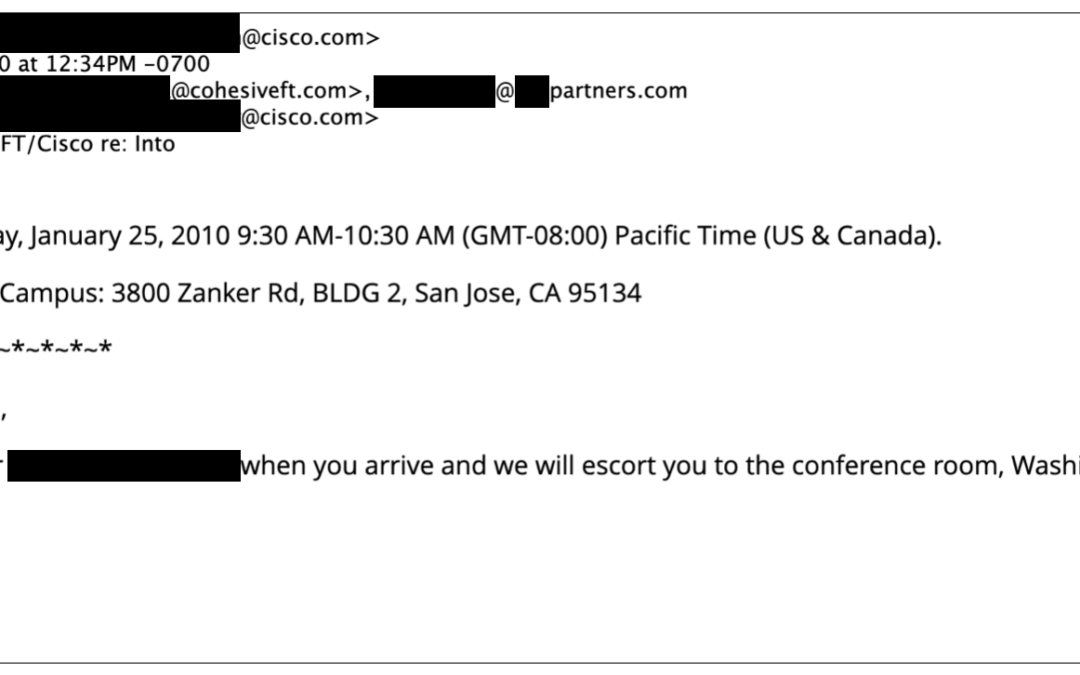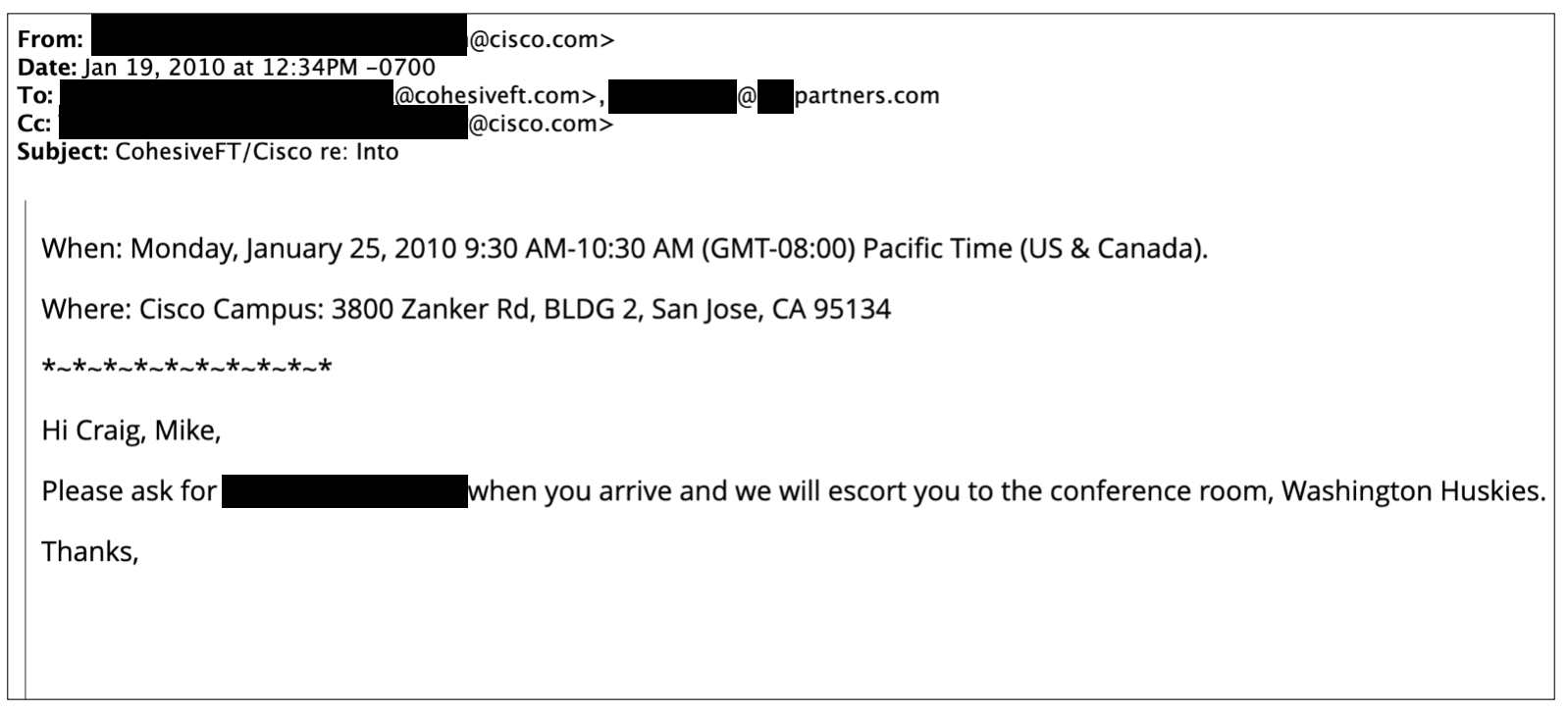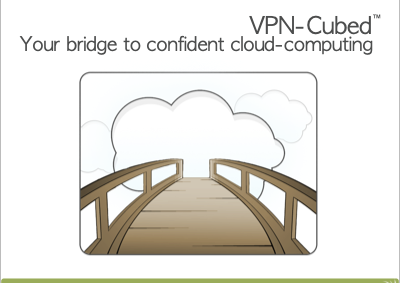We use the ‘Cohesive Way’ to build and deliver the VNS3 Network Platform. We are not unique, but our approach helps us be distinctive.

Stand Apart – but be Cohesive (part 2)
Some more thoughts about standing apart, but being Cohesive.
As Cohesive Networks grows, we do struggle to keep the elements of our company that are fundamental, without being too much of a constraint on evolution and responsiveness to changing markets.
Separate from very specific policies are the stories, mantras, aphorisms that guide you. Not too long ago we had a partner company ask us to tell them why they should work with us. In response we distilled some of the essence we try to hold forth in our words and actions. Here they are with a bit of elaboration.
Our favorite code is code we never write, but we solve a customer problem.
In general people do what you pay them to do, not what you tell them to do. If your reward and identity systems are built around writing and delivering code, you get a lot of code. You get change for change’s sake. We do not do that. The expression of our brutalist approach to software development is:
– Our favorite code is code we never write, but we solve a customer problem.
– Our second favorite code is the code we removed from the most recent release.
– Our third favorite code, is that code, which sadly, exists in order to have a product.
“Run on the cloud not in the cloud.” (Avoid the economically defined architecture)
We go more in depth in this post. To boil it down, the cloud vendors have built massive feature sets that both provide value and extract payments. As a consumer of cloud one needs to ask continuously, am I getting the value?
Unfortunately, certifications in cloud expertises can become so dominant in reward and identity systems that cloud services are incorporated not to serve the ultimate customer, but to serve a certification sense of satisfaction. Customers not acutely aware of this are at risk of implementing an ‘economically defined architecture’, which is a working system architecture, but while correct, it also maximizes cloud vendor revenue. Sometimes “over the top” visible services are a better path to multi-cloud and cost control.
Networks are addresses, routes, and rules; everything else is implementation detail.
This simple statement has gotten me rapidly exited from meetings at one large scale networking vendor interested in acquiring Cohesive Networks. The product management team I was talking to took insult that I could be so reductive. That said, we as a team stand by it. There are names and numbers for things, paths to these things, and the ability to say ‘yes you can’ or ‘no you can’t’ get to those things. The question then becomes how to manifest that in a way that gives enough power to someone with in-depth network expertise, but also empowers a person “just trying to connect these two things”.
Do your best to not surface implementation detail in customer experience.
This is the corollary to above. We definitely have not succeeded at this in all parts of the VNS3 Network Platform, but we try. Obviously we provide a networking system, so there are elements of the implementation that have to surface technical detail.
For example, there are such things as “IPsec connections” and IPsec has elaborate configuration constraints which need to be managed. That said, it can probably still be simplified. As an example, our single page UI for defining an ipsec endpoint tries to achieve this objective. I had one user tell me, “The first time I saw your IPsec UI, I wondered what college intern wrote it. After I used it for a while I decided it was genius.”
Support is the critical sales function.
Some companies will claim this to be true, and then they have the support staff hound you with upsell offers, surveys, and other actions that have NOTHING to do with solving your problems. What we mean at Cohesive is, when a customer has a question or concern, your ability to quickly and knowledgeably assist them is a critical part of your trust relationship.
There can be no ulterior motive other than you want to help them in that distinct moment. In our case where the majority of our customers are SaaS/BPaaS providers, initial connectivity issues are a key obstacle to time-to-value for both the SaaS provider and their customer. Eliminating any issues in this dimension helps our customer and their customer alike.
FNA – full network accountability is a company culture.
Multi-party networking and security by definition is a collaborative endeavor. When there is a problem, there is a risk that collaboration devolves to finger pointing. When you have a solution like the VNS3 Network Platform that is SO reliable it can be difficult to look at your self as the culprit when a customer has issues. Well over 90% of all inbound “P1” support issues that we receive come as a result of our customer’s customer has <changed misconfigured broken> something in the network path.
It is tempting to enter the interaction with a bias towards a “it’s not us, it’s you” mindset. To counter this we practice what we call “Full Network Accountability” which means to the best of our ability we will work with our customer, their customer, their customer’s outsourced networking people, whomever, to solve the problem. In doing so, our team has to start with the premise, that no matter how unlikely, our customer has run into a never-before experienced, one time only, horrible bug in Cohesive VNS3, until proven otherwise. Then we move forward through the entire connection path with customers (as desired) to find the ultimate issue.
This list is not exhaustive, but is indicative of how we have approached the long term health of the VNS3 platform and our company Cohesive Networks. Software, security and network skills are the table stakes for serving customers in our space, but how to have those skills and deliver them to customers through time and across hype cycles is the additional critical capability that we strive for.




Recent Comments